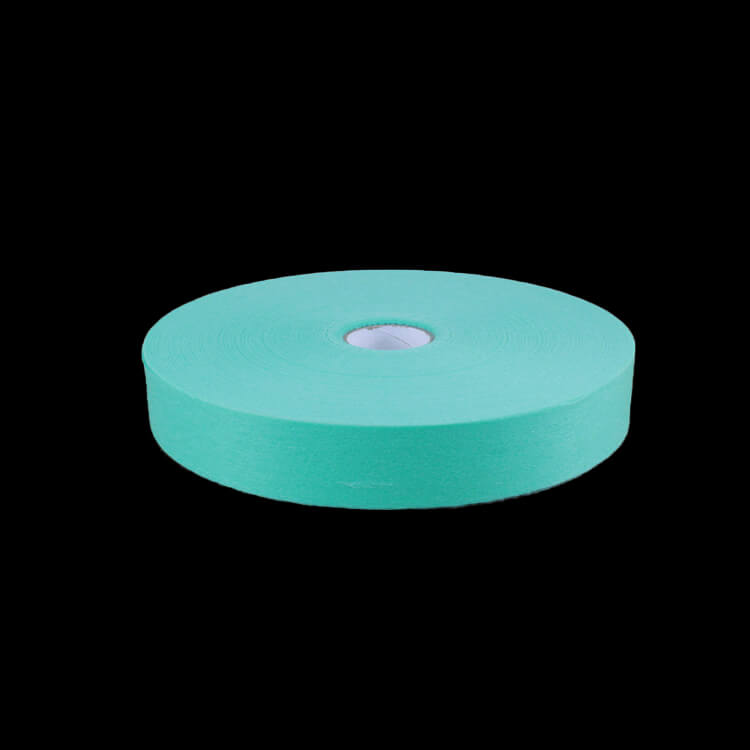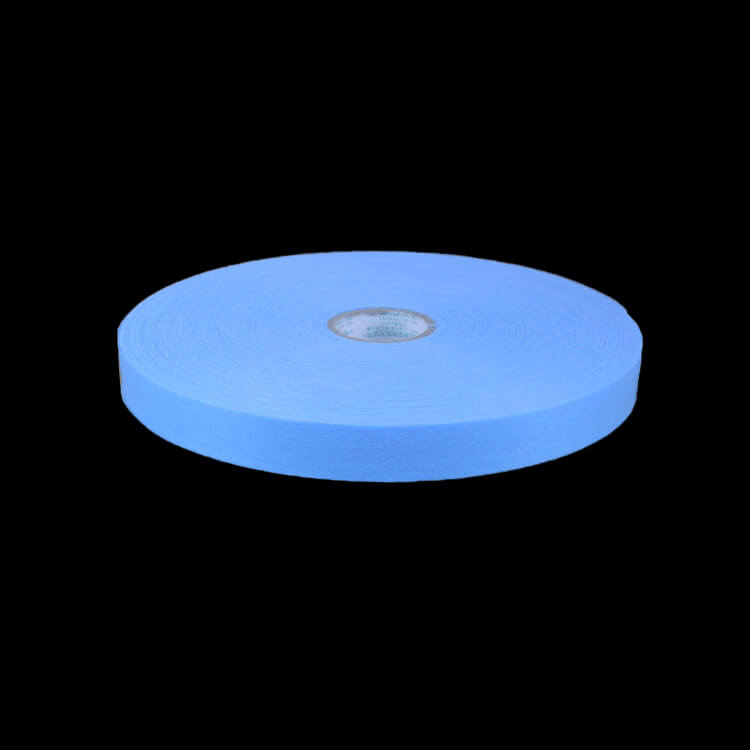Author:Baby & Adult Diaper Materials FROM:Diaper Materials Manufacturer TIME:2023-07-19
Non-woven baby diapers have become increasingly popular among parents due to their comfort, convenience, and environmental friendliness. In this article, we will provide you with everything you need to know about non-woven baby diapers. From their construction and materials to their benefits and usage, we will cover it all.

Non-woven baby diapers are typically made from synthetic fibers or natural cellulose materials. These materials are bonded together using heat, pressure, or adhesives to create a fabric-like structure. Unlike traditional cloth diapers that require folding and pinning, non-woven diapers come in a pre-formed shape with elasticized waistbands and leg cuffs for a secure fit.
The outer layer of non-woven diapers is usually made of a breathable and waterproof material, such as polyethylene. This prevents leaks while allowing air circulation to keep the baby's skin dry and comfortable. The inner layer, in contact with the baby's skin, is made of a soft and absorbent material, such as polypropylene or bamboo fiber, which quickly absorbs and locks away moisture.

Non-woven baby diapers offer several advantages over other types of diapers:
2.1 Comfort: The soft and gentle materials used in non-woven diapers help prevent diaper rash and irritation. They provide a snug fit that allows for easy movement and flexibility, ensuring maximum comfort for the baby.
2.2 Convenience: Non-woven diapers are designed for easy and quick changing. They usually have resealable adhesive tapes or Velcro fasteners, making it effortless to adjust the fit and remove the diaper when necessary.
2.3 Absorbency: Non-woven diapers have excellent absorbent properties, thanks to the advanced technology used in their manufacturing. They can hold a significant amount of liquid, keeping the baby's skin dry and reducing the frequency of diaper changes.

When using non-woven baby diapers, it is essential to follow these guidelines for optimal performance:
3.1 Size Selection: Choose the right size of diapers based on your baby's weight and age. Using a diaper that is too small or too large can lead to discomfort and leakage.
3.2 Changing Frequency: Regularly check and change the diaper to prevent diaper rash and bacterial growth. It is recommended to change the diaper every 2-3 hours or as soon as it becomes soiled.
3.3 Disposal: Dispose of used diapers in a hygienic manner. Some non-woven diapers are biodegradable and can be composted, while others should be placed in designated trash bins.
In conclusion, non-woven baby diapers offer a comfortable, convenient, and eco-friendly solution for parents. Their construction and materials ensure a snug fit, excellent absorbency, and prevention of diaper rash. By following proper usage guidelines, parents can provide their babies with the utmost comfort and protection. Consider switching to non-woven diapers for a hassle-free diapering experience.

 Email: info@whldiapernonwoven.com
Email: info@whldiapernonwoven.com
 MP/WhatsApp: +86-13599937366
MP/WhatsApp: +86-13599937366
 Manufacturer Address:Room 1105B, Bld M1, Manhattan, Yulongwan, Shimao, Shuanglong Road, Meiling Street, Jinjiang, Fujian, China
Manufacturer Address:Room 1105B, Bld M1, Manhattan, Yulongwan, Shimao, Shuanglong Road, Meiling Street, Jinjiang, Fujian, China